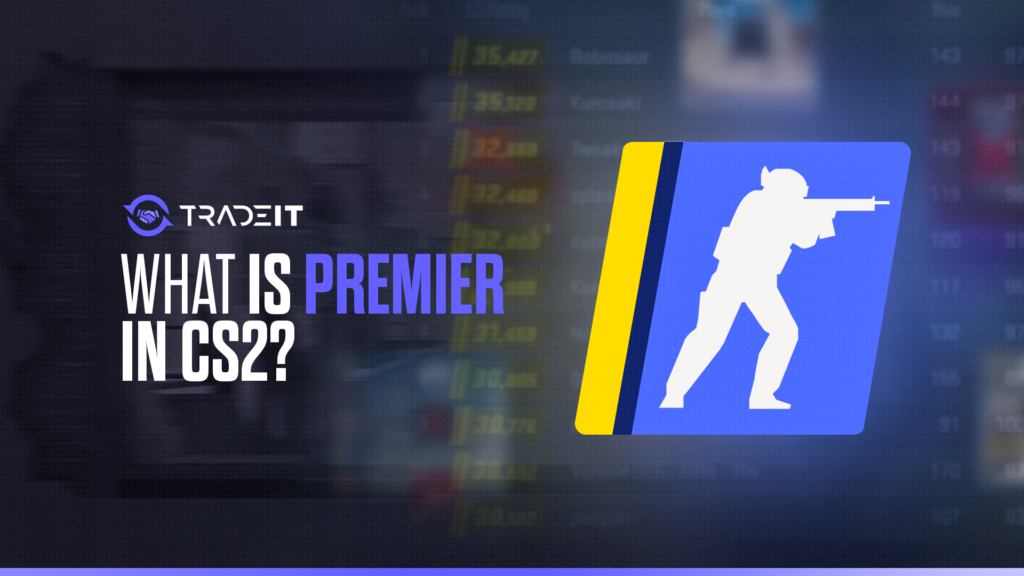The Ultimate Hookup Guide
Explore expert tips and advice on navigating the world of modern dating and hookups.
Vetoing Your Way to Victory: Decoding the CS2 Map Veto System
Master the CS2 map veto system and turn the tide in your favor! Unlock winning strategies and tips for ultimate map control.
Mastering the CS2 Map Veto: Tips and Strategies for Success
Mastering the CS2 Map Veto is essential for any competitive player looking to gain an edge over their opponents. The map veto process allows teams to eliminate maps that they are not comfortable playing on, creating a strategic advantage right from the start. To begin, it's crucial to analyze your team's strengths and weaknesses, as well as those of your opponents. Take the time to gather data on your previous matches to identify which maps you perform best on and which ones tend to give you trouble. Understanding the dynamics of each map can help inform your decisions during the veto process.
Another important strategy in the CS2 Map Veto is effective communication with your team. Discussing potential bans and picks allows for a more coordinated approach, ensuring that everyone is on the same page. Consider employing a methodical discussion and voting process—such as a ranked preference system—to streamline the decision-making. Additionally, be aware of common trends in the competitive scene regarding map picks and bans, as these can provide valuable insights into what to expect from your opponents. By mastering these tips and strategies, you can significantly enhance your team's chances of success in both casual and competitive play.

Counter-Strike is a popular multiplayer first-person shooter that pits teams against each other in various scenarios, often emphasizing strategy and teamwork. One of the notable features in the game is the chroma case, which offers players unique skins and weapons to enhance their gameplay experience.
The Ultimate Guide to CS2 Map Veto: What Every Player Needs to Know
The map veto process in CS2 is a crucial element that can greatly influence the outcome of a match. Understanding the mechanics of CS2 map veto allows players to strategically select or eliminate maps that favor their playstyle. Typically, the veto process involves both teams alternating in removing maps from the pool until only one is left for the match. Players should familiarize themselves with the current map pool and analyze their opponents' strengths and weaknesses on specific maps to make informed decisions during the veto phase. Establishing a solid strategy can provide a significant edge, even before the match begins.
When participating in CS2 map veto, consider implementing the following strategies to optimize your team's choices:
- Research Your Opponents: Before every match, review your opponent's past performance on various maps.
- Prioritize Comfort Maps: Ensure you keep maps where your team has shown consistent performance.
- Surprise Factor: Don't hesitate to ban a map that your opponents might expect to play.
Mastering the CS2 map veto will provide your team with a foundational advantage, setting the tone for a successful outing.
Common Map Veto Mistakes: How to Avoid Pitfalls in CS2 Matches
In CS2, mastering the art of map veto is crucial for achieving victory. One of the most common mistakes players make is failing to communicate effectively with their teammates during the veto process. This can lead to selecting maps that do not play to the team's strengths or weaknesses. For instance, if a team is proficient in close-quarters combat but ends up on a long-range map, the odds are stacked against them. To avoid pitfalls during your veto, ensure that all team members voice their preferences and rationale behind their choices.
Another prevalent error is disregarding the opponent's map history. Many teams overlook the importance of analyzing past performances on specific maps. Utilizing tools like match history websites can provide insights into an opponent's weaknesses and tendencies. By vetoing maps that the opposing team excels at or choosing ones where they struggle, you can significantly enhance your chances of success. Always remember, an informed veto is a strategic veto, so invest time into your opponent's map data to secure a favorable matchup.